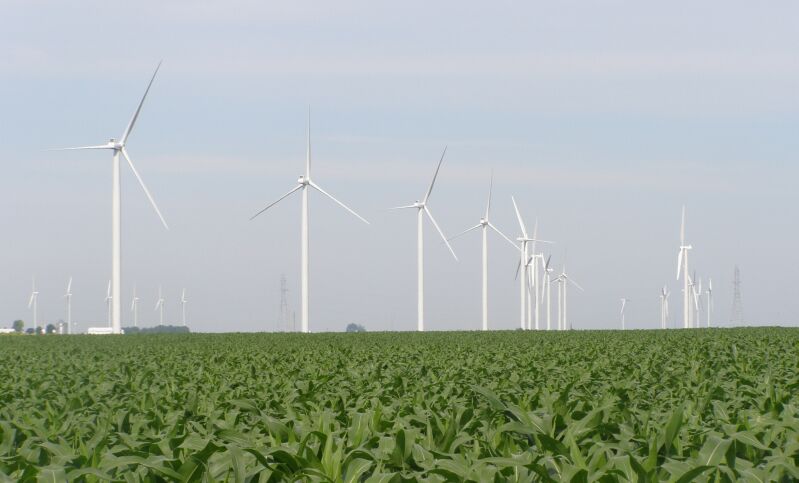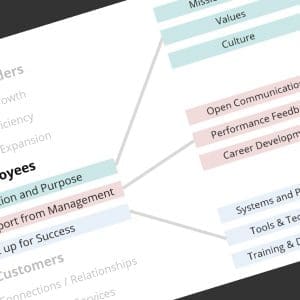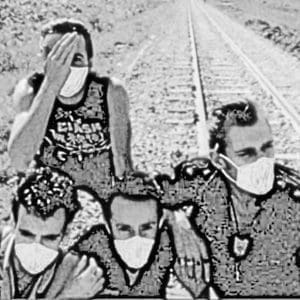Drive south through the state of Indiana on I-65, and before you hit Indianapolis you will come across an impressively large array of wind turbines, the new vertical symbols of energy self-reliance and innovation. I remember not so long ago, when this section of the road was just miles of cornfields, as far as the eye could see. The tallest things out here were telephone poles and the occasional power line – but that was then, and this scene is now …

Impressive, for sure, and the grid stretched to the horizon … Maybe every 50 yards or so, another flailing prop [of the] plain (sts). And then, as we passed a small airfield where a crop duster was coming in for a landing, I thought of the pilot’s new array of problems – and how truly shocking this change must have been.
Think of it; for years, crop dusters “owned the skies” – not just the soaring heights, but pretty much everything down to the treetops. What freedom they must have felt – seconds after takeoff, you have true aerial pwnership, with absolutely nothing in your way, all the way down to maybe 30-50 feet above deck.
360 degrees of freedom – literally – in the area that you need to operate, dropping whatever they are dusting with. This is a key point – it’s one thing to pursue an avocation (say, flying your private plane around each weekend on local hops), but when you need to really get down to business, relatively few of us have complete freedom to operate. Few fields remain (aiw) that allow performance of key tasks with whatever creativity and flair we might imagine.
But now, innovation and technological progress has introduced change, and a new reality sets in. There is more than one way to use the third dimension above their corn fields, and the farmers know it – they’ve implemented a private grid of wind turbines, generating power that cuts their costs, and an alternative source of income if they are able to sell back to the grid.
All good – except for our dashing crop duster. These interloping towers have fundamentally and completely changed the pilots’ universe, the rules of engagement, their degrees of freedoms. These windmills stand tall with flailing arms, right in the area where all the action takes place – the near-earth airspace above the corn, where planes must fly at treetop level to get their work done. The grid now defines the flight paths – zero degrees of freedom, your patterns fixed. Heck, I suppose one day they will have unmanned drones doing the dusting, humming through the skies like airborne Roombas, saving time and money- and taking a bit more magic out of life.
Can innovation ever be really lossless? Must we always lose a little in the transition to the future? Maybe – and yes, maybe the overall benefit really is there (else why would they invest all that capital!) – but change will always impact some in the population, and probably not 100% for the good. I’m clearly no Luddite, and there are multiple, obvious, and relevant benefits for most innovation projects. But don’t give short shrift to the cultural impact when implementing process and system change. Find ways to value the old ways, retain the science and maybe just a little of the magic.
Followup Notes: I originally wrote this note as a rambling thought exercise, taking a bit of poetic license without checking into the details. Turns out, a always, that the Whole Story is a bit more intricate …
- This isn’t a wildly new observation – folks have been noting the potential impact of this change since 2009 (Can crop dusters and wind farms coexist?, from the Quad City Business Journal).
- From another 2009 article (Windmills pose risk to crop dusters, from the Decatur Herald Review), a bit more detail on the dangers.
- One solution to the problem, from the crop-dusters – charge farmer’s extra when wind towers come into play. Alas, that durn Law of Unintended Consequences – flyers are applying the surcharge when farmers’ fields are within 1.5 miles of turbines – even if there are no windmills directly on the property.





Comments (0)